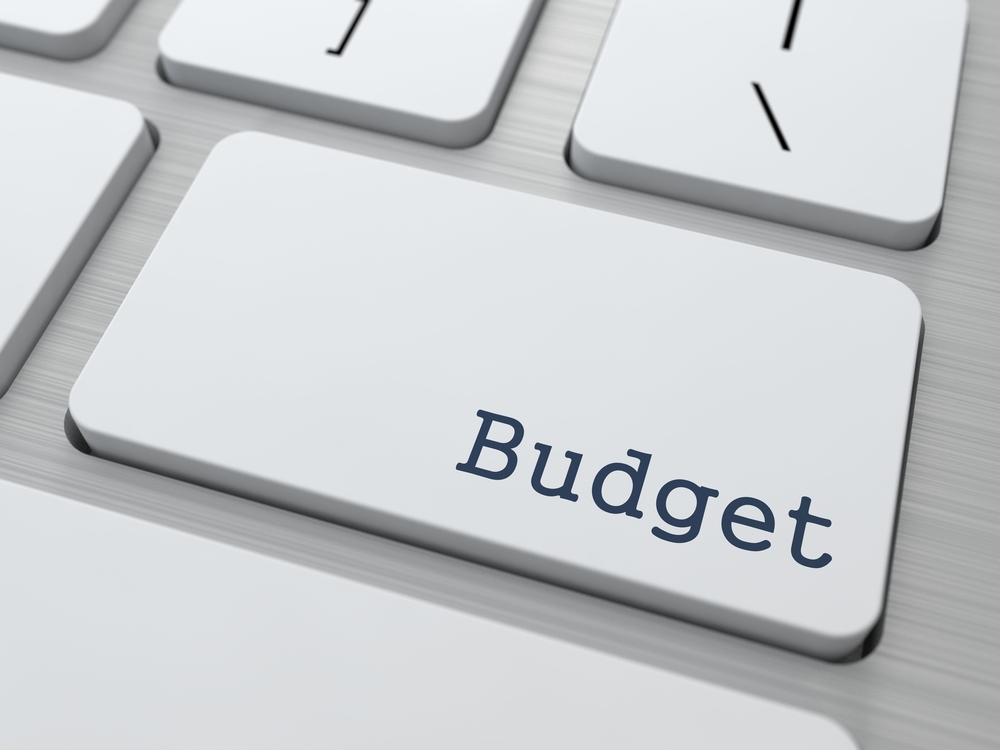Asset Finance is used by businesses to get the assets and equipment that they need to grow. It can provide value in a number of ways, through delivering potential tax advantages and preserving both capital and cash flow.
The extension of the instant asset write-off and temporary full expensing announced in the 2020 Federal Budget has further increased the value in asset financing for businesses.
2020 Budget Impact
In an attempt to encourage business investment, the 2020 Budget announcement revealed an expansion to asset write-offs and temporary full expensing measures. The enhanced write-off rules are designed to bring forward new investment to support post-COVID recovery and give the economy a considerable boost.
The investment allowance is available to almost all businesses. Only the largest Australian businesses, such as the big four banks and mining giants, will be excluded.
Full Expensing
The Full Expensing Plan has been expanded from the popular instant asset write-off, previously reserved for small and medium businesses. The scheme will allow businesses to instantly write-off the full value of new assets purchased over the next two years.
Businesses with an annual turnover of up to $5 billion will be able to deduct the full cost of eligible assets of any value purchased after 6 October 2020 and first used or installed by 30 June 2022. The cost of improvements to existing eligible depreciable assets made during this period can also be fully deducted.
“Full expensing” for second-hand assets costing less than $150 million will also be covered for small and medium sized businesses with an annual turnover between $50 - 500 million. Note, however, that such assets must be purchased by 31 December 2020 and be used or installed by 30 June 2021.
Small businesses, with annual turnover of up to $10 million, will be able to deduct the outstanding sum of their simplified depreciation pool at the end of the income year under full expensing provisions.
What's excluded?
Only a few types of assets are excluded from the scheme, such as buildings and intangible assets. The scheme will also be subject to the “car limit”: provisions already in place which exclude the purchase of expensive vehicles from existing deprecation arrangements.

The car limit is the maximum depreciation expense you can claim for a car. It applies to passenger vehicles designed to carry less than one tonne and fewer than nine passengers.
For the 2020-21 financial year, the car limit is $59,136. Any cost over this limit cannot be claimed under any other depreciation rules.
Note that if the car limit applies to your vehicle, you can only claim a deduction for the business portion of the car limit.
For example, if a business owner buys a new car for $75,000 and they use it for 75 per cent business purposes and 25 per cent personal use, they can claim back 75 per cent of the car limit of $59,136.
The Team at MCP
www.mcpfinancial.com.au
enquiry@mcpgroup.com.au

